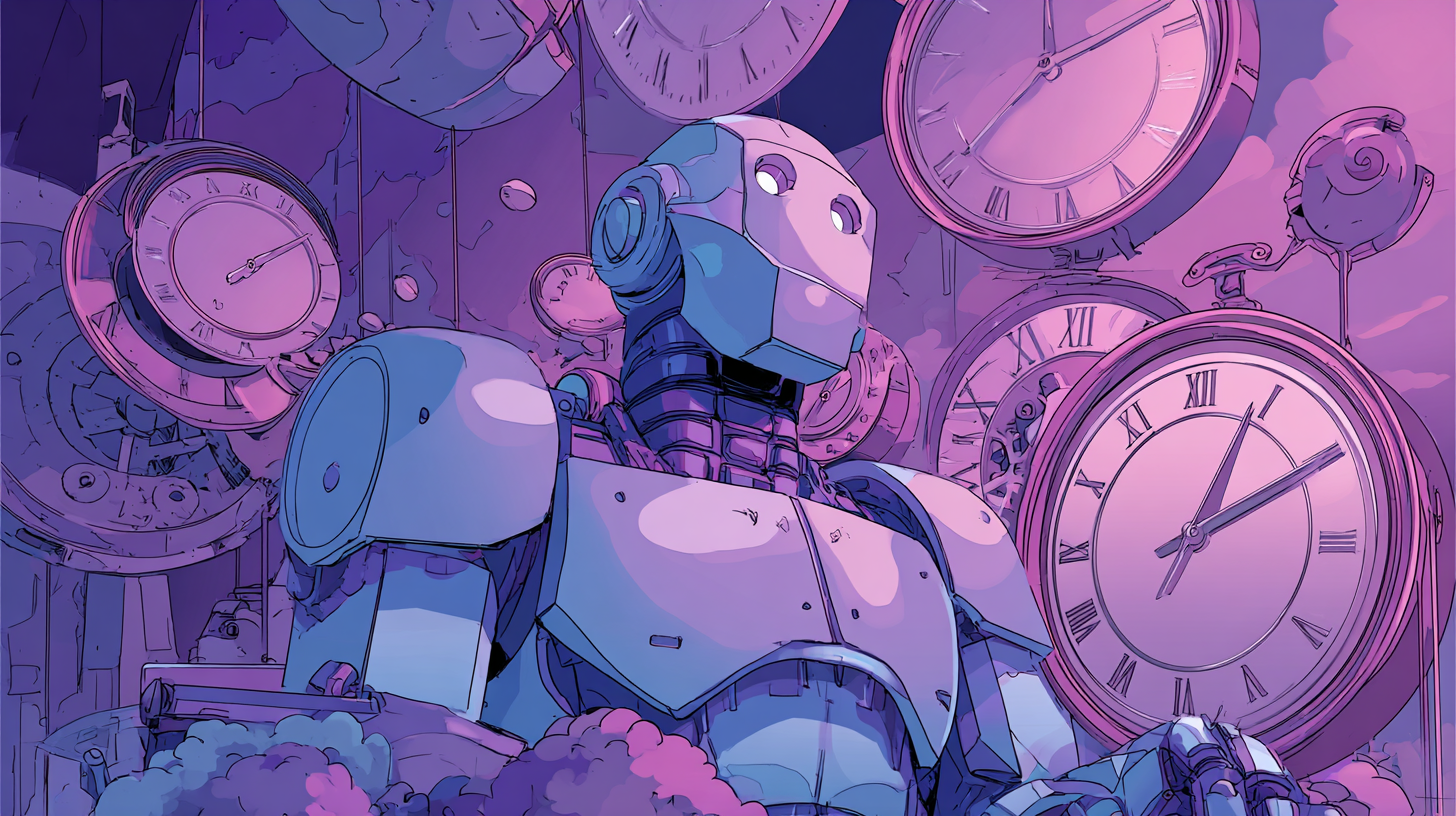📬 Remix Reality Weekly: The Fourth Dimension of AI

Your free Friday drop of spatial computing updates—plus what Remix Reality Insiders unlocked this week.
🛰️ The Signal
This week’s defining shift.
The next generation of robots is being designed for purpose, not performance art.
Across industries, engineers are focusing on machines built for the environments they serve. These robots aren’t chasing the humanoid ideal. They’re built for the job itself, optimizing for the task rather than trying to mimic the human form. Especially as in many cases our human form isn’t the most practical design for the work being done.
👉 Get access to the full insight in this week’s Insider drop.
📡 Weekly Radar
Your weekly scan across the spatial computing stack.
🤖 Figure 03 Debuts as a Scalable Humanoid Robot for Home and Commercial Use
- Figure’s third-generation robot is built around Helix, a vision-language-action AI, with redesigned hardware and sensory systems.
🎨 Lucid Bots Launches Robotic Painting Capability for Commercial Construction
- Lucid Bots introduced painting and coating functionality for its Sherpa Drone, marking the first large-scale robotic system for commercial painting.
🔁 DigiLens Launches ARGO Next to Migrate HoloLens Users to ARGO Smartglasses
- DigiLens and Altoura launched ARGO Next to help companies move from HoloLens to ARGO smartglasses while keeping their Microsoft cloud infrastructure.
⚕️GE HealthCare and Mayo Clinic Back MediView’s $24M Series A for AR Surgical Platform
- MediView closed a $24 million Series A round led by GE HealthCare, with participation from Mayo Clinic and Cleveland Clinic.
🌐 Meta Launches Immersive Web SDK for Building Spatial Experiences in the Browser
- Meta’s new Immersive Web SDK (IWSDK) is now in early access, enabling WebXR developers to create immersive, cross-device browser experiences.
👩💻 Moonlake AI Debuts with $28M to Vibe Code Interactive Worlds
- Moonlake's platform utilizes AI to generate editable 2D and 3D worlds from natural language in real-time.
👁️ Smart Eye and Sony Advance Vehicle Safety with In-Cabin Sensing and Authentication
- Smart Eye’s software integrates with Sony’s new RGB-IR sensor to enhance driver monitoring and occupant detection.
🧠 Cognixion Launches Brain-Computer Interface Study Using Apple Vision Pro
- Cognixion is testing its EEG brain interface with Apple Vision Pro in a new clinical study.
🌀 Tom's Take
Unfiltered POV from the editor-in-chief.
Much of today’s innovation in tech is focused on mastering 3D by teaching machines to understand space. From digital twins to AR interfaces to spatially aware agents, we’re in a moment defined by geometry. Vision models are giving AI the ability to see and make sense of the world. Robots turn that perception into action. And companies are racing to build the shared spatial layer that will let machines understand and interact with physical spaces as easily as we do.
But once spatial intelligence becomes table stakes, another dimension is waiting. The next leap is 4D or time. True intelligence requires not only seeing and labeling the world but understanding how it changes, what it remembers, and what it expects next. That shift from spatial to temporal intelligence could be as transformative as the leap from 2D screens to immersive computing.
At a spatial intelligence event during SF Tech Week, I was introduced to Memories.ai, which is one of the startups exploring this frontier. Its Large Visual Memory Model (LVMM) and Multimodal Data Lake are designed to give AI agents long-term visual memory by enabling them to recall past events, interpret the present, and anticipate what comes next. By linking video, audio, and sensor data through temporal context, the company is building a foundation for machines to understand continuity and act with a greater awareness over time.
4D will also make robots smarter by giving them a sense of time. When that unlocks, our relationship with machines will shift again. Temporal intelligence will help AI understand context, remember what came before, and anticipate what’s next. Beyond robots, immersive interfaces, like virtual reality, could one day let us replay or step back into moments from our own lives. In a sense, we’re teaching machines to time travel first so that one day, we might do it ourselves.
🔒 What Insiders Got This Week
This week’s Insider drop included:
- 🧠 Reality Decoded: My first impressions after trying the Meta Ray-Ban Display.
- 🔮 What’s Next: Partnerships are powering the digital twin economy; AR is transforming patient care; and Serve Robotics is scaling autonomous delivery.
👉 Unlock the full drop → Upgrade to Insider
🚀 Thanks for being a Remix Reality subscriber!
Know someone who should be following the signal? Send them to remixreality.com to sign up for our free weekly newsletter.
📬 Make sure you never miss an issue! If you’re using Gmail, drag this email into your Primary tab so Remix Reality doesn’t get lost in Promotions. On mobile, tap the three dots and hit “Move to > Primary.” That’s it!







